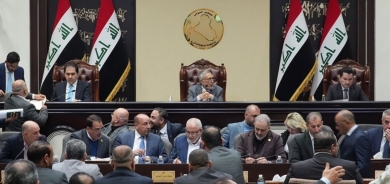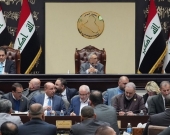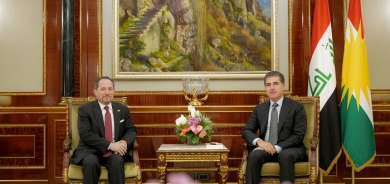Iraq’s Population Surpasses 45.4 Million, Census Reveals Key Demographic Trends

Iraqi Prime Minister Mohammed Shia’ al-Sudani has officially unveiled the preliminary results of Iraq's general population census, marking a significant milestone in understanding the country’s demographic landscape. The census places Iraq's total population at over 45.4 million, with notable trends in urbanization, family size, and age distribution.
Speaking at a press conference, al-Sudani highlighted that 70.3% of the population resides in urban areas, while 29.7% live in rural regions, emphasizing the nation's increasing urbanization. The census identified 7.9 million families across Iraq, with an average family size of 5.3 members.
In terms of gender distribution, the results show near parity, with males making up 50.1% (22.8 million) and females 49.8% (22.6 million).
The age breakdown reveals a youthful demographic, with 36.1% of the population under 15 years old. The working-age group (15 to 64 years) comprises 60.2%, while 3.7% are aged 65 and above. Notably, 60% of the population falls within the economically active category.
Iraq’s national population growth rate stands at 2.3%, a figure that underscores the country’s ongoing demographic expansion. These statistics align closely with data from the Kurdistan Region, where urbanization and a predominantly youthful population are similarly observed.
Prime Minister al-Sudani underscored the importance of these findings for shaping future policy and economic strategies, stating that the census data provides a foundational tool for addressing Iraq's developmental needs.
This comprehensive census marks a pivotal step in Iraq’s efforts to monitor demographic trends, laying the groundwork for informed policymaking and sustainable growth in the coming years.














